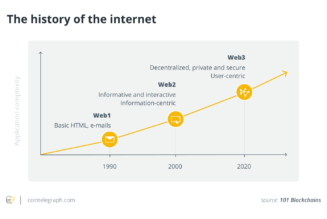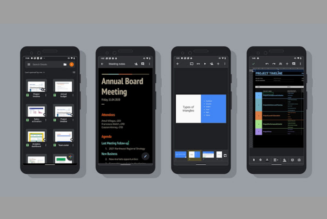
Last year, Apple added App Tracking Transparency to iOS, and the shift in the flow of data from mobile users was enough to unsettle even Facebook. Now, Google, which relies on targeted advertising for its business model, is preparing its own multi-year adjustment to mobile ad tracking and privacy.
Starting today, app developers can get their first look at the new system, as the first developer preview of Privacy Sandbox on Android rolls out, following the path of similar tests in Google’s Chrome browser on the desktop.
This new plan is supposed to replace Android’s existing advertising ID, which is a user-resettable ID for each device with a Privacy Sandbox of “new, more private advertising solutions.” Like Apple’s approach, it claims to limit the data shared with third parties and cut out cross-app identifiers, but we still don’t know exactly which technology might be implemented. This developer preview operates on top of the Android 13 Developer Beta, with images for Pixel phones from the Pixel 4 to current Pixel 6 models.
Google’s pitch has been that it can find a way to protect user privacy better than the existing solutions, while still providing information for targeted advertising that runs on websites like this one and inside many free apps. Critics, including competitors, privacy advocates, and regulators, have suggested that its approaches will harm privacy and possibly give Google an unfair advantage that harms competition. An antitrust suit against Google by 15 state AGs took aim at the Privacy Sandbox last year.
Developers testing it out will get an early look at the Privacy Sandbox and Google’s cookie-replacing Topics API — and find out how they could work in practice.








